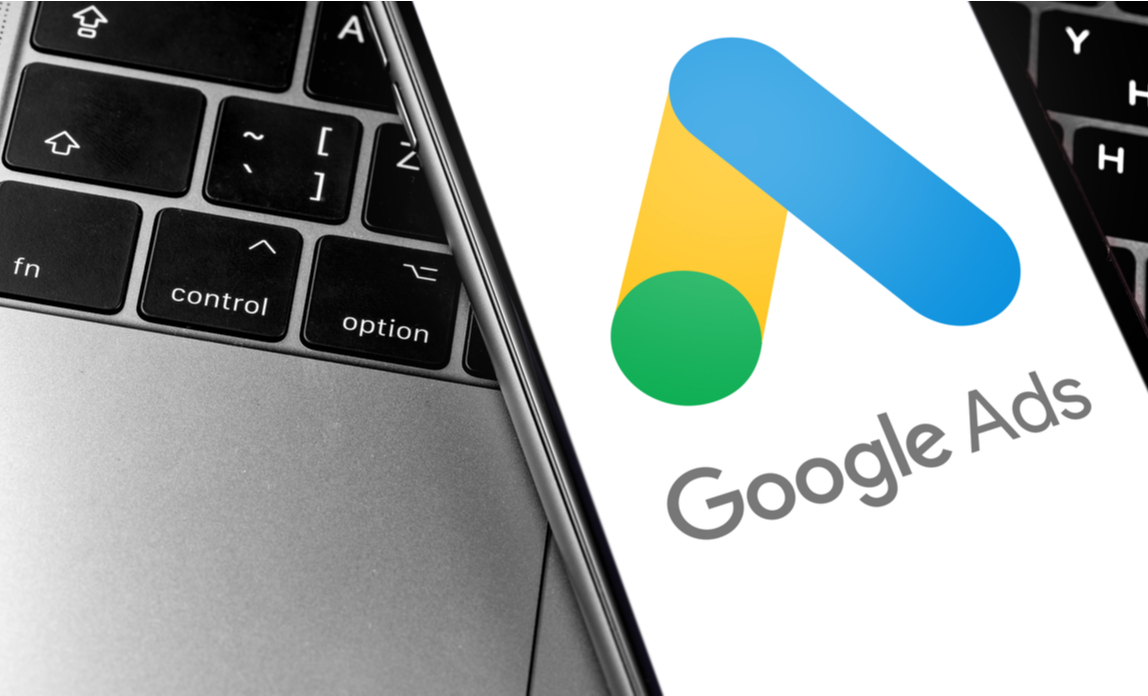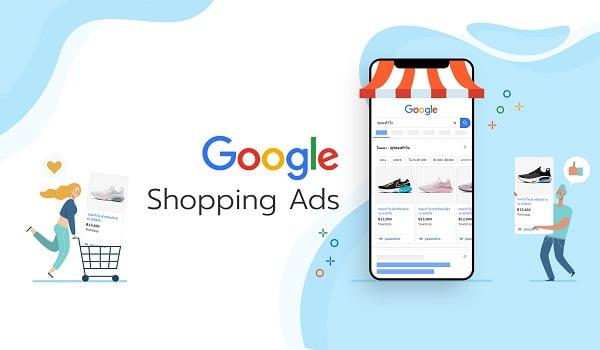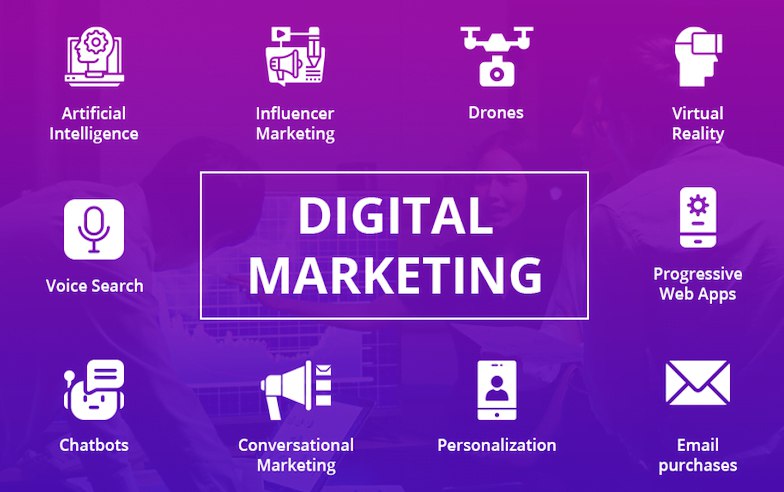
For every new business getting into the digital world, creating a Google ad campaign is the first crucial step.
And building a large customer base with these campaigns defines success. Google’s ad platform attracts 80% of users with its display and search ads. Also, The platform is said to offer businesses an average revenue of $2 for every $1 invested. These figures sound tempting for every business aiming to get the maximum ROI from Google ads campaigns. Well, this is not a difficult task. One thing that feels more difficult is setting up and running the ads campaign. The whole setup process can feel daunting for most businesses, especially the new ones setting up their first campaign.
So if you are also one of those businesses, then don’t worry because we have got you covered! This blog post will walk you through every step of setting up a successful Google ads campaign, slowly and easily.
Setting Up Your First Google Ads Campaign
If you are all geared up with your Google ads strategy, you can simply follow the steps we have mentioned. Let’s set up your first ad campaign that converts.
Step 1: Create your account
Since you are doing it the first time, the first step is to create a Google ads account. Add all basic details related to your business for successful sign-up. Don’t worry, Google will guide you through the sign-up itself. Next, the most important thing to do is to switch to “Expert Mode”. Expert mode provides you with more control and detailed analysis of your campaign. You can link YouTube channels and other apps in this step.
Also, Google will ask you whether you want to link your Google business profile or not.
Step 2: Define your objectives
Every Google ads campaign must have its goals and objectives clearly defined. Increasing sales is the obvious goal here, but there are several other options which you must choose carefully.
The recommended campaign objectives apart from sales that you can choose are;
- Leads: For form submissions, signups, or phone calls
- Website traffic: For page views and clicks
- Brand reach and awareness: To get more audience
- Brand and product consideration: For product promotion
- Local store visits and promotions: To get offline leads and walk-in customers
- App promotion: For promoting app downloads, free trials, and interactions
Step 3: Choose your campaign type
The type of campaign you choose will mainly determine what your ads will look like and what they will convey to your audience. Choosing a type of campaign completely depends on the type of your brand, your products, and your target audience.
Google provides you with some specific options for campaign type, which are;
- Search: This type has text-based ads. It works based on keywords to target the audience. These ads appear on the top of search result pages.
- Video: Ads appear on YouTube and other video-based platforms that have partnered with Google.
- Performance Max: It is the most versatile campaign type where ads are displayed all across Google and its partner websites.
- Display: Image and video-based ads appear on different website sidebars and banners.
- App: This campaign lets you advertise your app and related actions on Google.
- Discovery: This campaign type shows ads on various Google-owned platforms such as YouTube, Google Discover, Gmail, Google Display, and others.
Step 4: Pick a bidding strategy
Your bidding strategy for Google ads campaign decides how much you can pay for the clicks on your ads. Google ads are auction-based and thus, having the right bidding strategy is important. The higher you bid for an ad, the better the chances for your ad to show up.
There are two types of bidding that Google offers:
- Automated bidding– As the name suggests, Google can automatically adjust bids using its ML algorithms. These adjustments are dynamic and happen in real-time, requiring less time and effort.
- Manual bidding– With manual bidding, you get complete control over your bids. You can adjust every aspect related to your bids. This type needs more attention and management for successful conversion.
Step 5: Set your daily budget
Google allows you to set a daily budget for your ad campaign. With this budget, you can control how much Google can spend on ad bidding daily. If you have chosen automated bidding, Google can spend your daily budget as per its algorithms to keep showing your ads. If you want more control, you can manually set the bids for ad clicks but your ads will stop to show once your daily budget is exhausted.
So, it is important to set the ideal daily budget. If you spend too little, you will not get the desired results. And if you spend too much, you will end up with a large bill.
Step 6: Add your keyword targets
Keywords are the phrases or terms that users type in on search engines to find something. By targeting these keywords in your ads, you can increase your chances of appearing in users’ search results.
Hence, adding your target keywords is important to increase your reach and conversions. One useful tip for adding keywords is to add the match types. “ ” is used for phrase match keywords by Google. While it uses [ ] for exact match keywords.
Step 7: Write your ad copy
This is the step where you create your actual ads. You have to be creative while writing your ad copies. The goal of your ad copies is to get users’ attention and motivate them to click. Your ads must communicate to your audience and provide them with what they need. Try to keep your copies persuasive and concise. Use ideas that are relatable to your brand and the ongoing trends. You can use some storytelling elements as well.
Finally, do not forget to add a compelling CTA. That’s what will make your audience take effective actions, leading to successful conversion.
Step 8: Add assets to your ads
At this step, Google provides you with the option to add extra assets to your ads. These assets can be anything related to your business. You can add website links, Map locations, or phone numbers. Adding such assets increases your visibility and attracts the audience to choose your brand. They also tend to increase the click-through rate of ads. Depending on the type of your campaign, Google provides you add different types of assets. Most of the assets are available with search, video, performance max, and demand gen types of campaigns.
Step 9: Setup conversion tracking
Conversion tracking is the primary analytics tool you can use to know about the conversion rate of your ads. Conversion tracking helps you to analyze the actions taken by your audience and sort out the potential leads. With successful conversion tracking, you can assess your ads performance and keyword targeting, and update your campaign accordingly. To set up conversion tracking, you must link your Google Analytics account to your Google Ads account.
It is highly recommended to link your accounts to get more comprehensive data.
Step 10: Launch your campaign
The final step is to launch your campaign. But before that, there are a few things that need your attention. First, you must go through the “budget and review” section carefully. Check every detail you have entered and review your campaign settings. Especially focus on your budget and bidding strategy because it is what costs you money. Next is to set up billing. Google will ask you to add your payment details and agree with its billing policy. Remember, Google charges advertising costs per click.
Once you have done all these steps and double-checked everything, it’s time to hit the submit button. Your first Google ads campaign will go live!
The Wrap Up
Once you know all these steps, Setting up your first Google ads campaign will not feel as difficult as it looks. With our guide, you can set up not one but multiple ad campaigns and find out which one works best for you.
Setting up an ads campaign is an easy milestone to achieve, but the more difficult one is to get maximum conversions. You must constantly analyze results, optimize accordingly, and keep your ads updated with the trends.
Invest time, effort, and money into your Google ads campaign and you can achieve more than your desired goals!



























